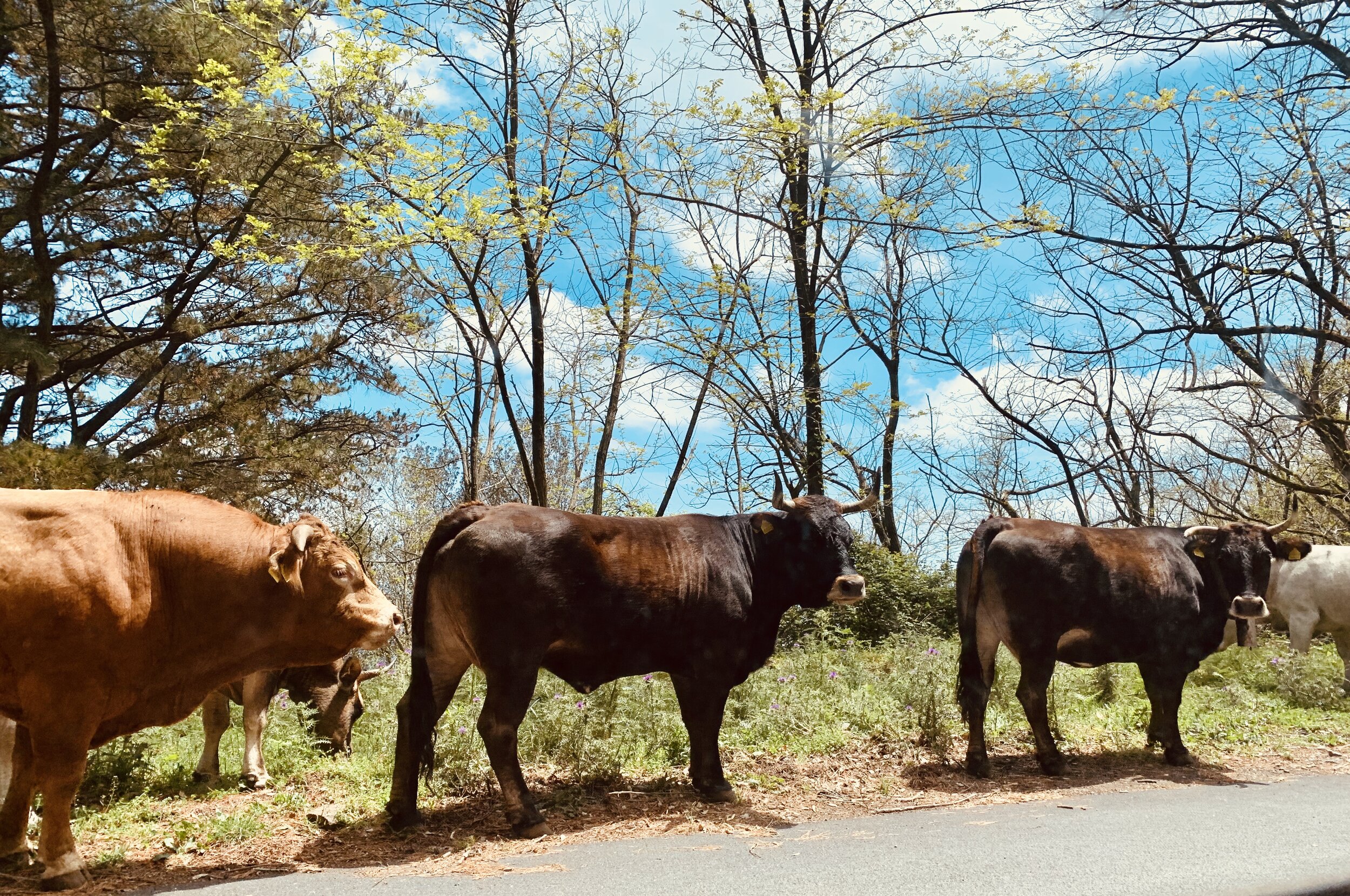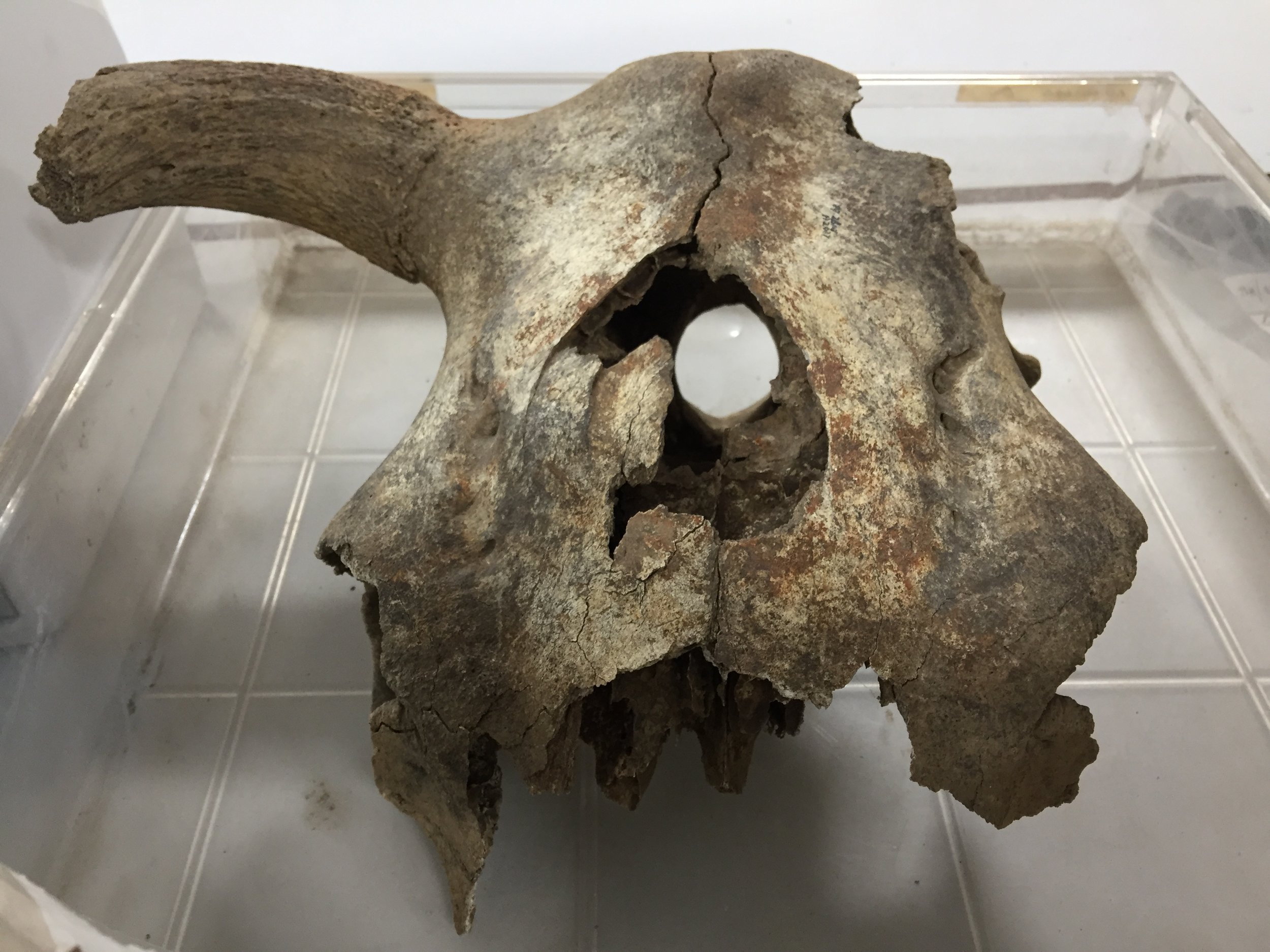Cattle domestication
Modern domestic cattle descends from the aurochs (Bos primigenius). The dynamics of aurochs domestication is, as always when domestication is concerned, not well understood as of yet. They were supposedly domesticated in SW Asia some 8,000 years BP.
How do we identify cattle bones?
Cattle bones are usually identified by their large size (compared to most animals encountered within archaeological assemblages) and a number of morphological features which distinguish them from other large mammals, such as horse and red deer (C. elaphus). The latter are in fact often mistaken for cows, the reason for this being threefold. Firstly, the fragmented nature of archaeological remains and a bias towards cattle ID (due to their higher frequency when compared to deer) means red deer elements are sometimes identified as cattle. Secondly, prehistoric cattle was smaller than their modern counterparts, making it easier to confuse their remains with those of red deer. When complete specimens are present, the morphological differences between cattle, horse and red deer are however easily distinguishable.
What do cattle remains often indicate in an assemblage?
They can provide inference on the economy of the settlement (e.g. meat or dairy production), although it is important to remember that in the past many settlements probably had a somewhat mixed economy. This is usually carried out by analyzing the age profiles of your assemblage.
Cattle remains may be able to offer insight on the culture of a particular settlement. For instance, in Britain, more romanized sites are likely to have a higher number of cattle within their assemblages. A high number of cattle remains are sometimes also indicative of a military site.
THAT BIG COW MEME
https://eu.usatoday.com/story/news/world/2018/11/27/australia-cattle-knickers-steer-giant-internet-twitter-holstein-friesian/2125889002/



